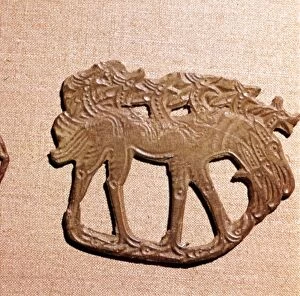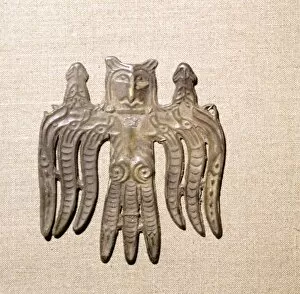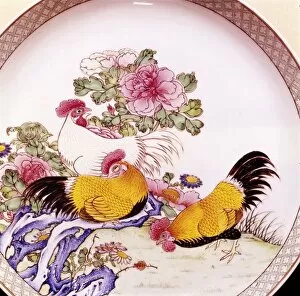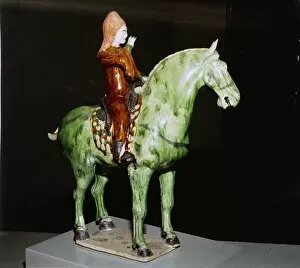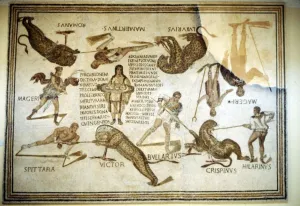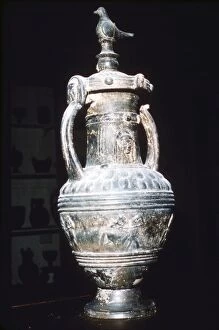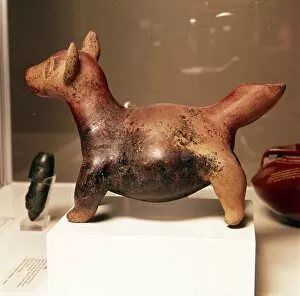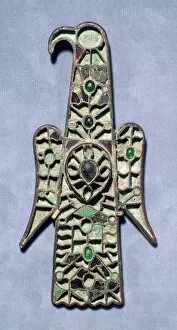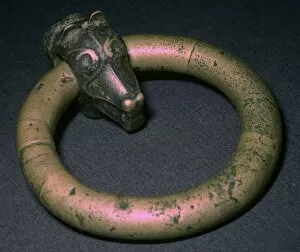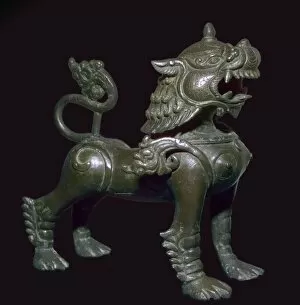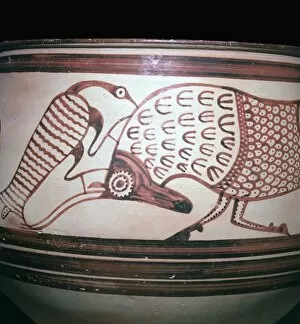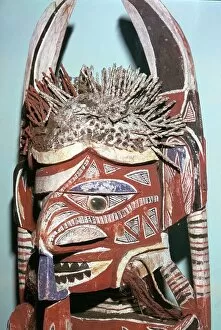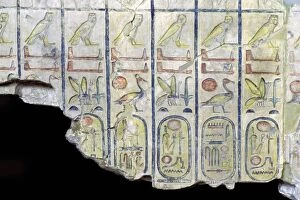Animal Likeness Collection (page 6)
"Unleashing the Animal Likeness: A Global Journey Through Sculptures and Artworks" Bas-relief of the Goddess Sekhmet, Temple of Seti I, Abydos, Egypt, North Africa
All Professionally Made to Order for Quick Shipping
"Unleashing the Animal Likeness: A Global Journey Through Sculptures and Artworks" Bas-relief of the Goddess Sekhmet, Temple of Seti I, Abydos, Egypt, North Africa, Africa: Witness the fierce power and divine beauty captured in this ancient bas-relief depicting the lioness-headed goddess Sekhmet. The Kelpies at the entrance to the Forth and Clyde Canal at Helix Park, Falkirk: Marvel at these colossal horse-head sculptures that pay homage to Scotland's rich equestrian heritage while guarding the canal with their majestic presence. White horse, Cherhill Downs, Wiltshire, England, United Kingdom, Europe: Immerse yourself in English folklore as you encounter this iconic white horse sculpture etched into the lush green hillsides of Wiltshire. She Wolf sculpture dating from 5th century BC; Romulus and Remus probably added later: Delve into Roman mythology through this timeless masterpiece showcasing a she-wolf nurturing twin infants - an enduring symbol of Rome's founding legend. Gaelic Chieftain By Maurice Harron overlooking The Battlefield At Curlew Pass: Stand alongside a proud chieftain immortalized in bronze as he gazes upon historic battlegrounds in Ireland's County Roscommon - a tribute to Celtic heritage and resilience. Physical Energy statue in winter; Kensington Gardens; London; England; United Kingdom; Europe: Feel the dynamic energy emanating from this powerful equestrian statue by George Frederic Watts amidst wintry surroundings - an embodiment of strength and determination. One of two iconic bronze lion statues outside Art Institute of Chicago; Chicago; Illinois; United States of America; North America: Encounter these regal guardians standing sentinel outside one of America's premier art institutions – symbols of courage protecting artistic treasures within. Male bronze lion Gate Of Supreme Harmony, Outer Court, Forbidden City.

